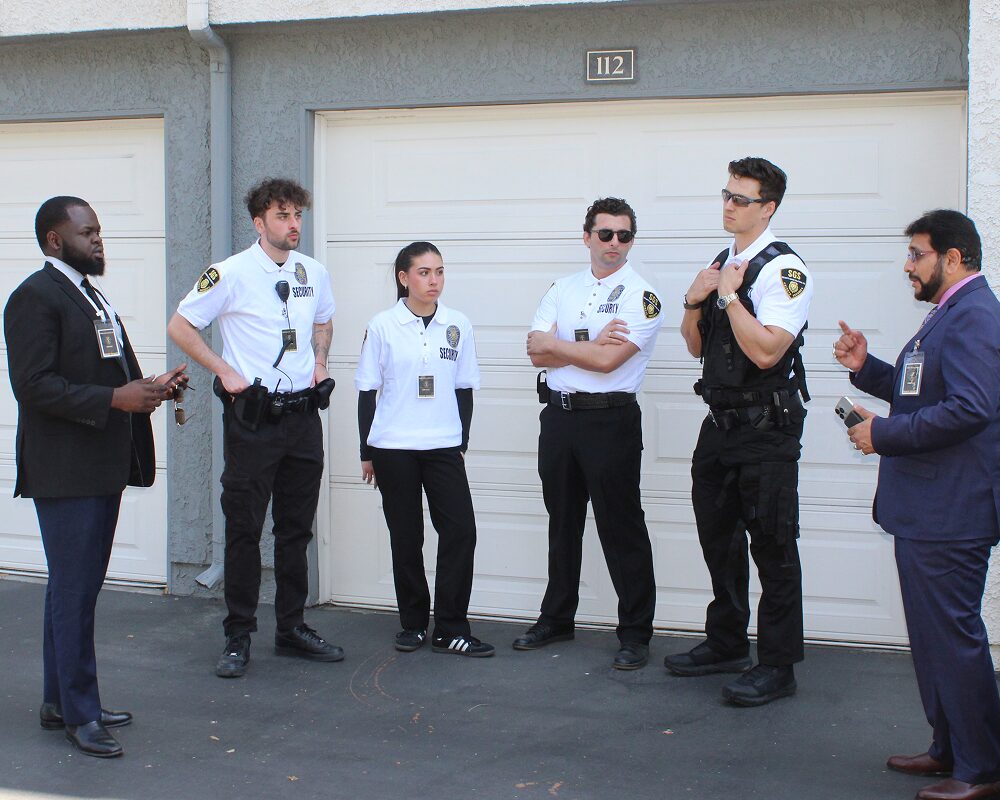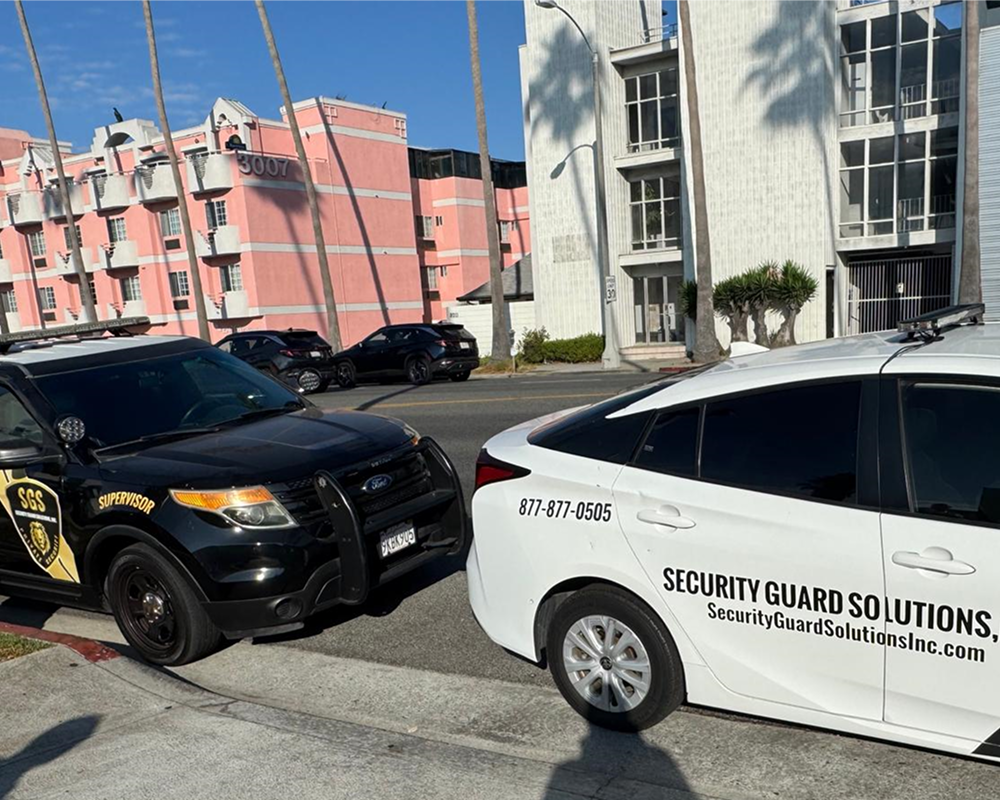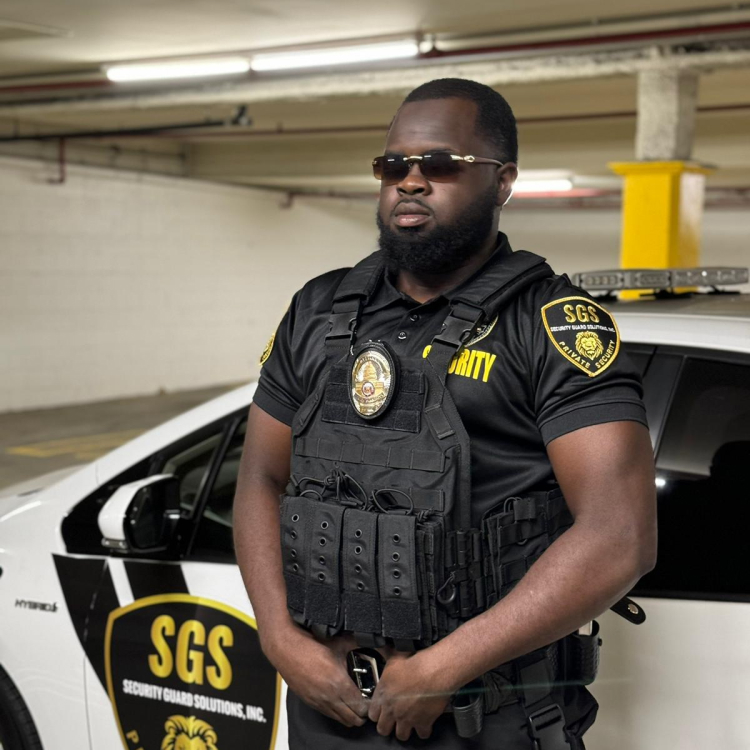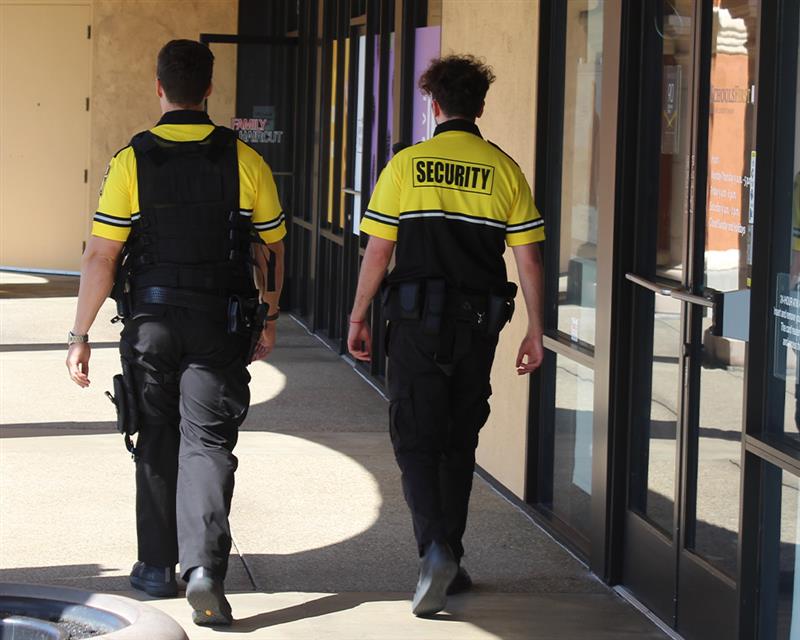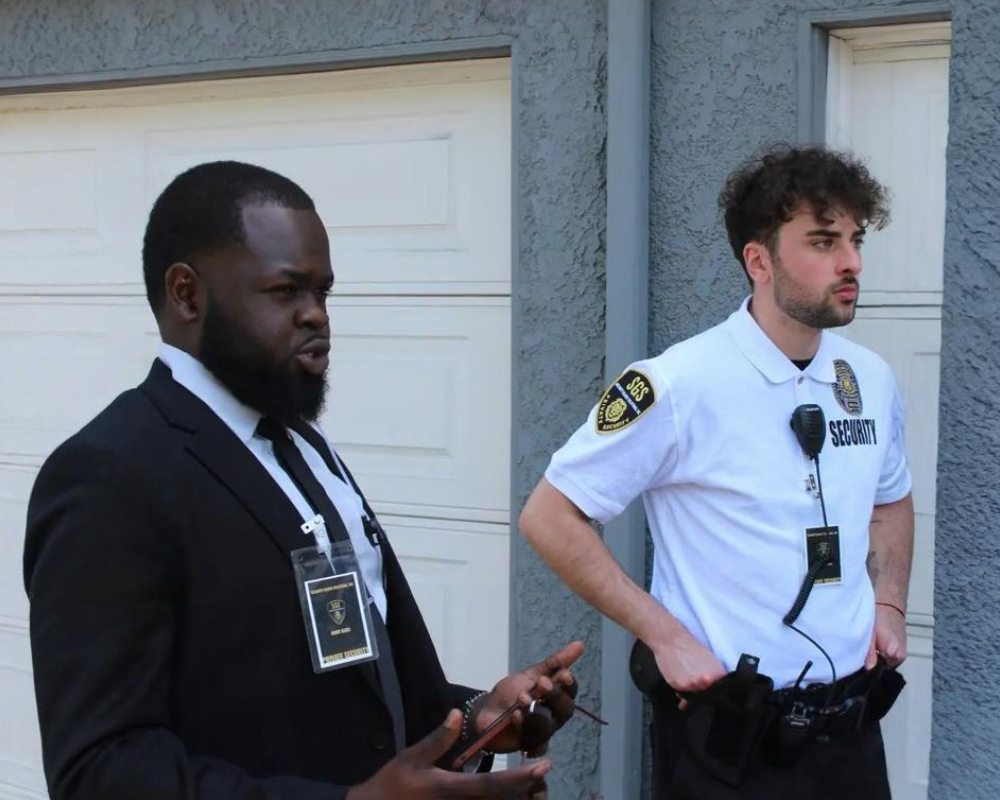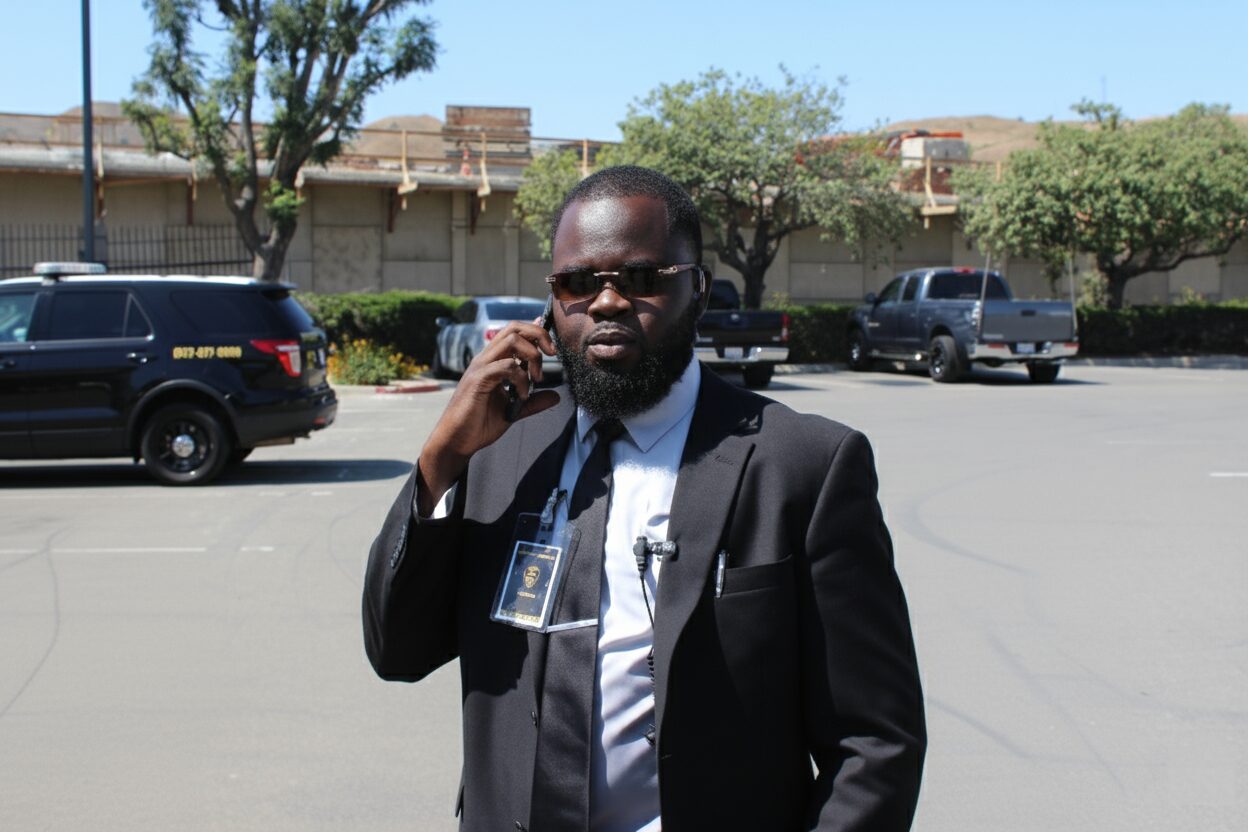Bodyguards are responsible for providing personal protection to individuals who may be at risk of harm. They must be highly trained and skilled in a range of security and protection techniques, including defensive tactics, firearms handling, risk assessment, and emergency response. In this article, we will discuss the types of training that bodyguards typically undergo to prepare them for their roles.
Basic Security Training
Bodyguards typically start their training by undergoing basic security training. This training may be provided by a private security company or a security guard company, and it may include topics such as:
- The role of security guards and bodyguards
- Legal requirements and regulations
- Basic security procedures
- Emergency response procedures
- Communication and interpersonal skills
This training is designed to provide bodyguards with a foundational understanding of the security industry and the skills they need to perform their roles effectively.
Weapons Training
Many armed security guards and bodyguards are required to carry firearms or other defensive weapons as part of their job. As a result, they must undergo extensive weapons training to ensure they can handle their weapons safely and effectively.
Weapons training may include topics such as:
- Firearms safety and handling
- Marksmanship
- Defensive tactics
- Tactical movement and cover
- Firearms maintenance
This training is typically provided by certified firearms instructors and may be required by law in some jurisdictions.
Defensive Tactics Training
In addition to weapons training, bodyguards must also be proficient in defensive tactics. Defensive tactics training may include a range of techniques and skills, such as:
- Hand-to-hand combat
- Grappling and wrestling
- Arrest and control techniques
- Pressure point control
- Defensive driving
This training is designed to prepare bodyguards for situations where they may need to defend themselves or their clients without the use of weapons.
Risk Assessment and Management Training
Bodyguards must be skilled in conducting risk assessments and designing security plans to mitigate potential threats to their clients. Risk assessment and management training may include topics such as:
- Threat assessment
- Surveillance techniques
- Behavioral analysis
- Security planning and design
- Protective intelligence
This training is designed to help bodyguards identify potential threats and develop strategies to prevent or respond to them.
Emergency Response Training
Bodyguards must be prepared to respond quickly and effectively to emergencies, such as medical emergencies, fire, or security incidents. Emergency response training may include topics such as:
- First aid and CPR
- Evacuation procedures
- Active shooter response
- Bomb threat response
- Crisis management
This training is designed to prepare bodyguards to respond to a range of emergency situations and provide immediate assistance to their clients.
Conclusion
Armed and unarmed bodyguards and executive protection officers are responsible for providing personal protection to individuals who may be at risk of harm. To perform their roles effectively, bodyguards must undergo extensive training in a range of security and protection techniques, including basic security procedures, weapons handling, defensive tactics, risk assessment and management, and emergency response. By undergoing this training, bodyguards can develop the skills and knowledge they need to protect their clients and respond effectively to a range of security situations.



